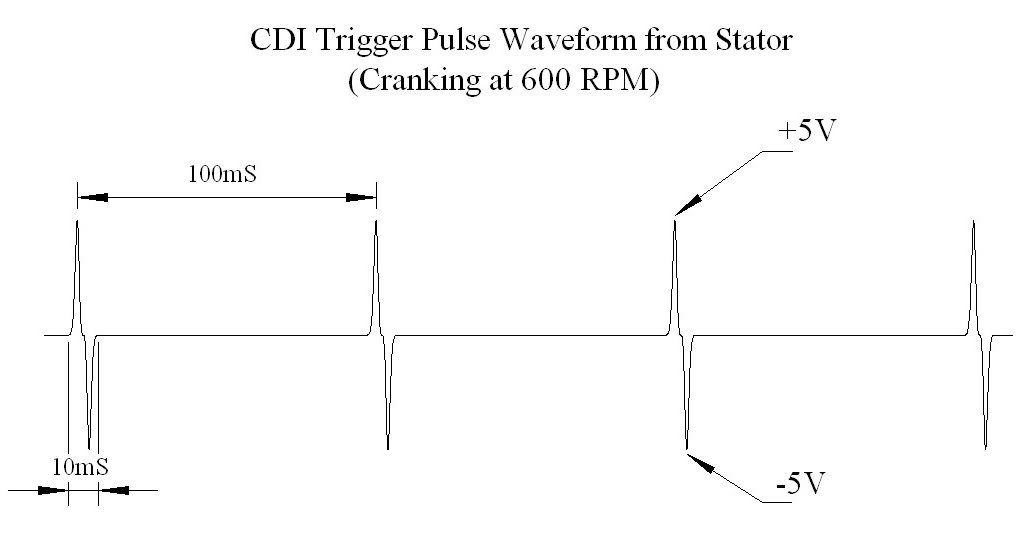60 volts AC on the ignition power pin is fine.
0.2 volts AC on the trigger wire is on the low side. It really depends on your meter. Since you didn't report something like 0.23 volts AC I'm assuming that your least significant digit on the meter is 0.1 volts on the AC ranges. So it really could be more like 0.1 volts (or 0.3 volts).
The trigger voltage is actually very complicated. It really consists of two closely spaced +/- pulses about 5 volts high (at cranking speeds) followed by long periods of zero volts in between. Volt meters aren't really designed to measure this kind of complex waveform, so there is some variation between meters. Using a meter to measure this is not optimum, but often the only option.
As another data point try measuring the resistance of this pin in the wiring harness to ground (CDI unplugged). You should get around 150 ohms.
Just for informational purposes this is a graphic display of what the voltage should be on that pin:

The relatively long periods of zero volts between pulse pairs is why you read much less than the 5 volt peaks.
The trigger pickup coil is outside the flywheel, but under the engine cover. On some quads the gap between the pickup coil and the flywheel is adjustable. You might want to see if yours is adjustable, and then try narrowing the gap. That will increase your trigger voltage substantially. I have read posts from others who have solved their no spark problem by narrowing this gap.
Also make sure that the connection from the CDI output through the ignition coil primary is OK. Measure the resistance from the Ignition Coil pin in the wiring harness to ground. You should get around 1-2 ohms. You should not get zero ohms.